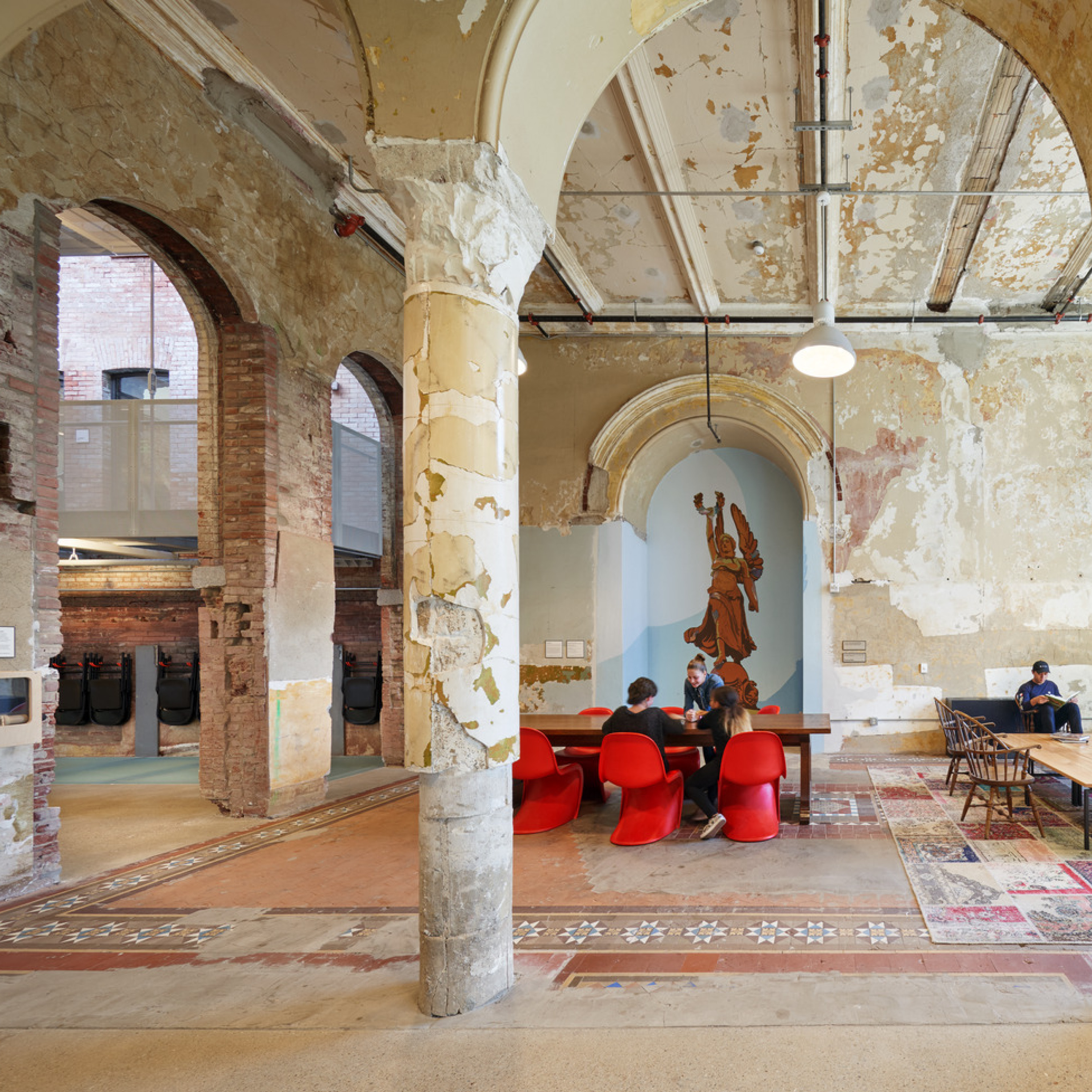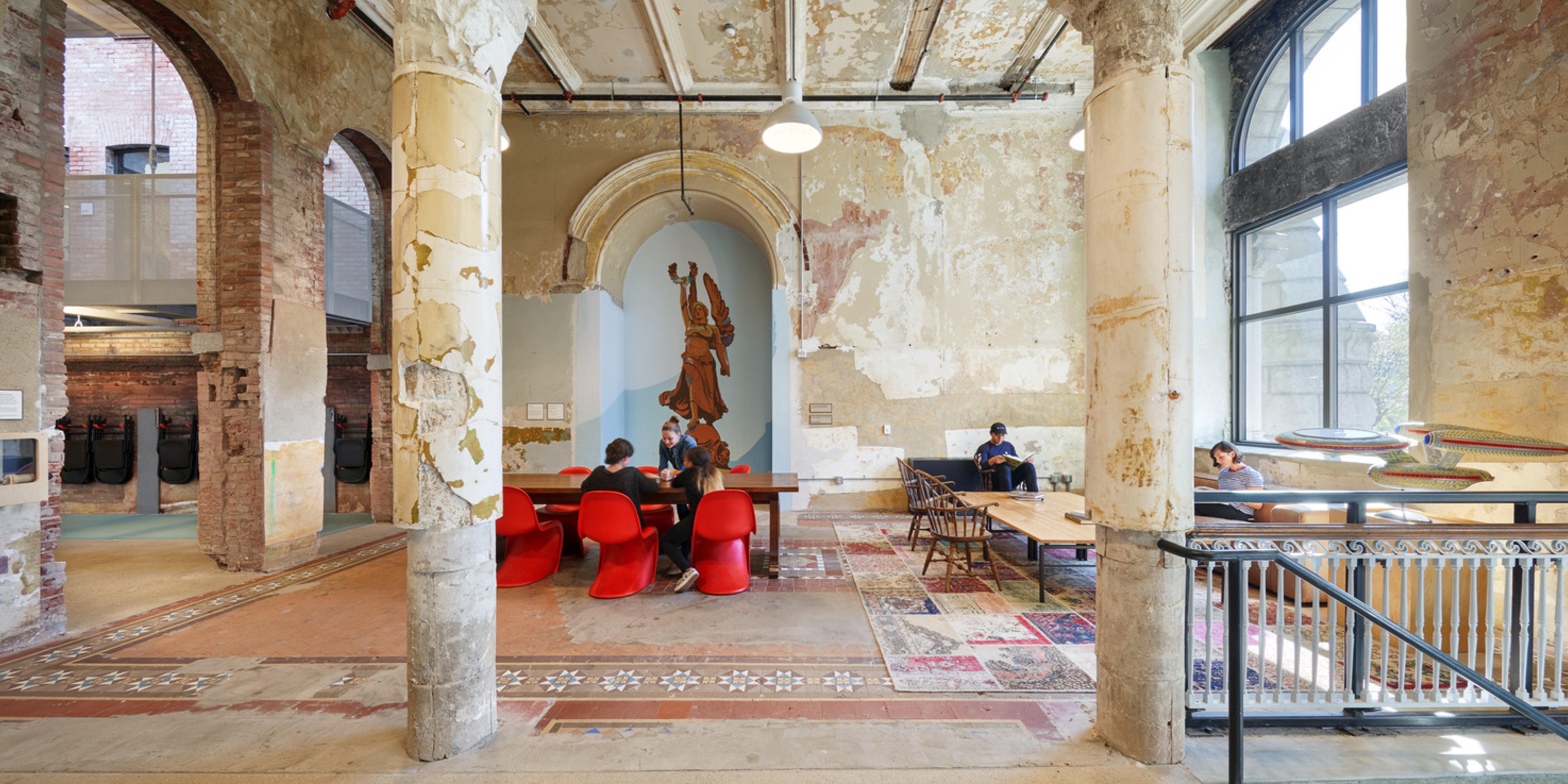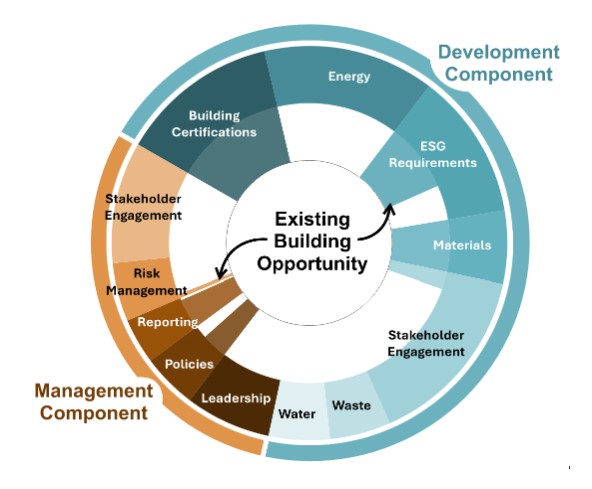Reshoring the Rust Belt (Part 3 of 4)


ESG Value and Existing Buildings
ESG performance is definitely on the radar of real estate investors, developers, and tenants. Higher expectations for ESG are driven by regulations, workforce stress, and consumer demand. This trend is evidence of the Fifth Industrial Revolution, or Industry 5.0, and the shift towards investment in resilience and wellbeing. This article shows how the existing buildings of America’s post-industrial cities will provide an ESG business advantage.
The Future is GRESB
The preeminent rating system for real estate investments is GRESB, previously named the Global Real Estate Sustainability Benchmark. Unlike rating systems for individual buildings such as LEED, GRESB provides a rating for overall portfolios. As such, GRESB is a harbinger of tomorrow’s real estate sector.
Real estate funds are graded across several components for the GRESB Development Benchmark, as shown in the figure below. Existing buildings can contribute towards 30% of the points available in various aspects such as Building Certifications, Materials, and ESG Requirements. In 2025, GRESB also added pilot indicators for embodied carbon, indicating that existing buildings will become even more valuable.
Figure: By evaluating the ESG aspects, the GRESB Development Score provides investment insights aligned with Industry 5.0’s focus on resilience and wellbeing.


Management Aspects
Policies – 3%
Environmental issues and social issues are both areas where existing buildings can improve ESG performance. These two items account for 3% of the possible points for the Development Benchmark.
Reporting – 3.5%
Many developers and financial institutions report embodied carbon from construction activity because it is associated with risk in some markets. While existing buildings are not explicitly referenced in this GRESB aspect, construction emissions are subject to the same tracking, verification, and disclosure standards as other emissions.
Risk Management – 0.25%
Although due diligence around embodied carbon is currently a minor component of GRESB, a new pilot indicator in 2025 promises to change this. Beyond the GRESB scorecard, building and material reuse also reduces an organization’s exposure to supply chain disruptions. Institutional investors are increasingly drawn to renovation projects for their lower climate transition risks.

Development Aspects
Certifications – 13%
Green building certifications are increasingly rewarding renovation and the use of salvaged materials. GRESB awards points for requiring and achieving certifications. The organization recently ranked certifications, so that broader credentials are weighted more heavily.
ESG Requirements – 8%
By incorporating requirements for reuse into development policies, organizations help protect habitat and reduce embodied carbon. As part of an ESG strategy, these considerations are valuable within GRESB.
Materials – 6%
Building materials that are local, safe, and low-carbon are rewarded under the Materials. This aspect also has a pilot indicator targeting embodied carbon, indicating greater weighting in the future.
Stakeholder Engagement – 2%
Working with existing buildings inherently fosters community engagement by preserving neighborhood character and cultural heritage. It also stimulates the local economy by creating apprenticeships in traditional trades and new jobs in applying software and robotics solutions.

Conclusion
Tracking ESG performance has become business as usual for the real estate market and construction sectors. Using existing buildings for redevelopment is a proven strategy to increase ESG performance. As measured by GRESB, simply selecting an existing building will contribute toward about 25% of the GRESB Development Benchmark. For cities replete with existing buildings and building materials — such as those in the Rust Belt — there is a smooth pathway to increasing ESG performance.
Up next in Reshoring the Rust Belt: Part 4 delves into the profound opportunities for addressing social justice and equity issues through a new industry based on salvage and reuse of building materials.


View More Resources
Benefit from our expertise



